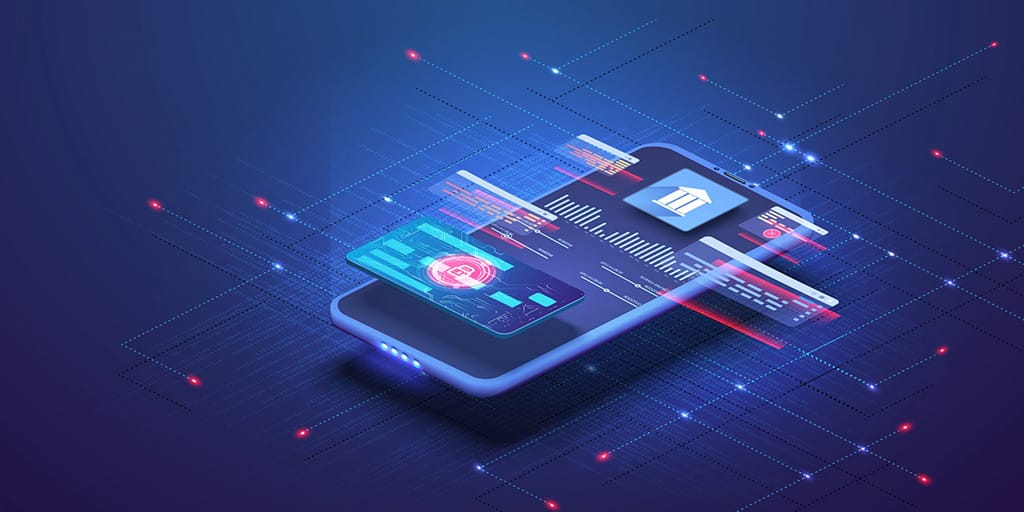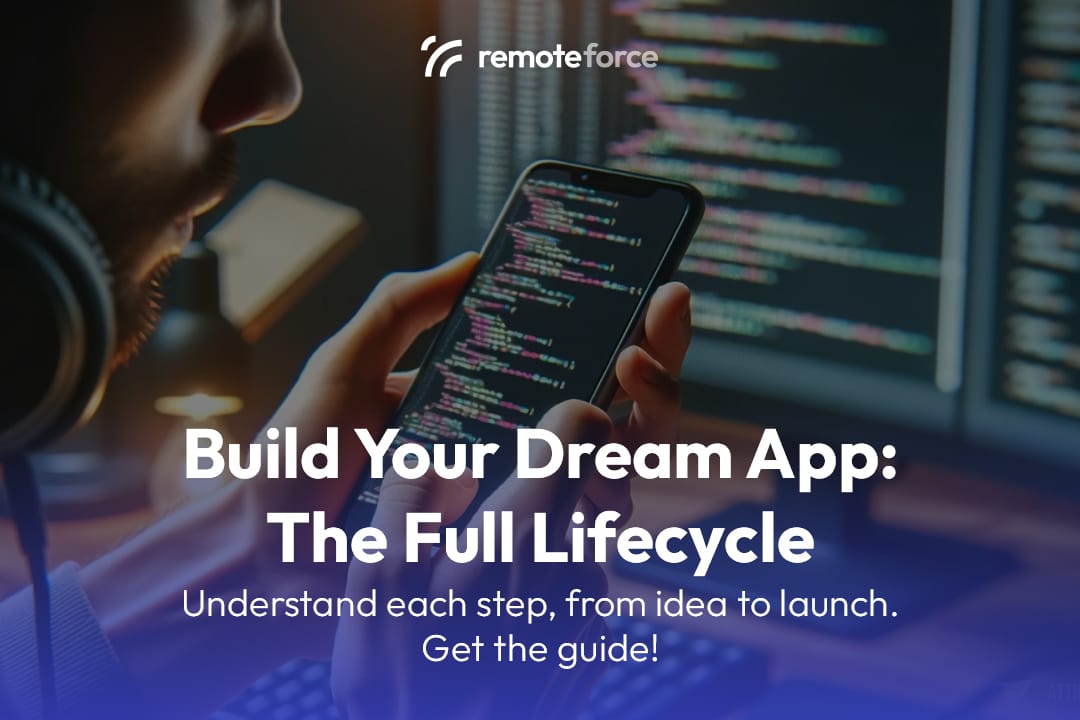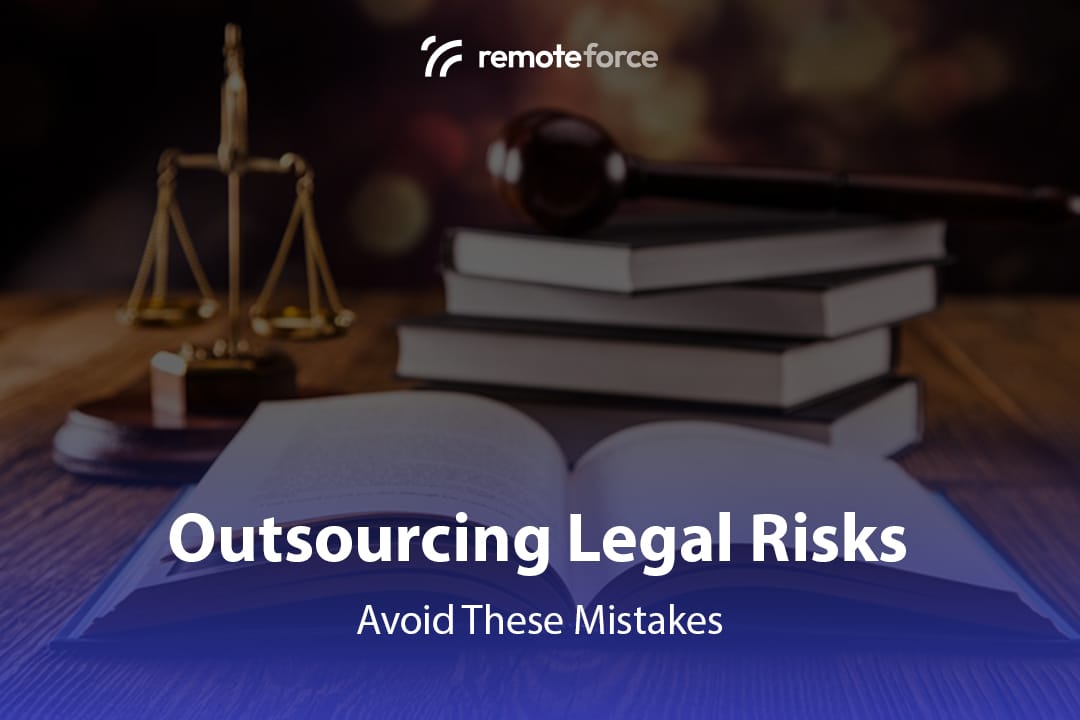In today’s mobile-first world, an innovative app can be the key to unlocking new markets, enhancing customer engagement, and streamlining business operations. But transforming a great idea into a functional, user-friendly, and successful application is far from a simple task. It involves a structured process, often referred to as the app development lifecycle (ADLC), which guides the journey from initial concept to a thriving product in users’ hands.
If you’re an entrepreneur with a groundbreaking app idea, a business looking to leverage mobile technology, or simply curious about the intricate process of creating digital tools, understanding the app development lifecycle step by step is crucial. This guide will explore each vital stage, revealing what it truly takes to build a successful app and bring your vision to life. Click for the full guide and learn how to navigate this complex but rewarding journey!
Table of Contents
ToggleKey Takeaways
The App Development Lifecycle (ADLC) is a structured, iterative roadmap that transforms an idea into a scalable digital product. Success is built on process, not just code.
- Start Lean: The most critical early decision is defining the Minimum Viable Product (MVP) to launch faster and validate the core concept before committing to full feature development.
- Mitigate Risk Early: Planning (Step 2) and UI/UX Design (Step 3) account for a significant portion of project success. Rushing these phases leads to costly reworks in later development stages.
- Platform Strategy is Key: The choice between Native, Cross-Platform, and PWA dictates your budget, timeline, and user experience. Cross-platform technologies (like React Native/Flutter) are often the sweet spot for rapid, cost-effective market entry in competitive regions like Southeast Asia. *
- Launch is Not the End: The ADLC is circular. Post-Launch Support (Step 7) and continuous user feedback integration are essential for long-term relevance and product growth.
Why a Structured App Development Lifecycle Matters
Building an app without a defined process is like building a house without blueprints – you might end up with something, but it’s unlikely to be stable, efficient, or meet its intended purpose. A structured app development lifecycle ensures:
- Clarity and Vision: Everyone involved understands the goals, scope, and direction.
- Risk Mitigation: Potential issues are identified and addressed early, saving time and money.
- Quality Assurance: Rigorous testing at each stage ensures a robust and reliable final product.
- Cost and Time Efficiency: A clear roadmap prevents scope creep and keeps the project on track and within budget.
- Stakeholder Alignment: All parties, from concept originators to developers and testers, are on the same page.
A recent report by Statista shows that the global mobile app market is projected to grow significantly, underscoring the potential rewards for well-developed applications. However, countless apps also fail due to poor planning and execution. Understanding the ADLC helps you beat those odds.
The App Development Lifecycle Step by Step: A Comprehensive Guide

Let’s break down each critical phase of bringing an app to life.
Step 1: Idea Generation and Conceptualization
Every successful app begins with a solid idea. This initial phase is about defining that idea and its core purpose.
- Problem Identification: What problem does your app solve? What pain point does it address for users or businesses?
- Target Audience Definition: Who are your ideal users? Understanding their demographics, behaviors, and needs is paramount.
- Competitor Analysis: Research existing apps in your niche. What do they do well? What are their shortcomings? How can your app be different and better?
- Feature Brainstorming: List all potential features, from essential functionalities to “nice-to-have” additions.
- Feasibility Study: Assess the technical, financial, and market viability of your app idea. Is it realistic to build? Is there a demand for it?
- Defining the Core Value Proposition: What unique benefit does your app offer that sets it apart?
Actionable Tip: Don’t fall in love with your first idea. Challenge it, refine it, and be open to pivoting based on market research. Consider creating a Minimum Viable Product (MVP) plan what are the absolute core features needed for the first version to be useful?
Step 2: Requirements Gathering and Planning
This stage translates your conceptual ideas into concrete specifications. This is where the “what” and “how” begin to take shape.
- Detailed Functional Requirements: Documenting every feature and how it should behave. (e.g., “Users must be able to log in with email and password,” “The app must display a list of nearest restaurants based on GPS location”).
- Non-Functional Requirements: Defining performance criteria (speed, responsiveness), security needs, scalability requirements, and usability standards.
- Platform Selection: Deciding whether the app will be native (iOS, Android), cross-platform (React Native, Flutter), or a Progressive Web App (PWA). This decision significantly impacts development time, cost, and user experience.
- Technology Stack Selection: Choosing the programming languages, frameworks, databases, and tools needed for development (e.g., Swift/Kotlin, Python/Node.js for backend, AWS/Azure for cloud infrastructure).
- Project Scope Definition: Clearly outlining what features will be included in each release, establishing timelines, and defining the budget.
- Team Allocation: Identifying the necessary roles (project manager, UI/UX designers, developers, QA testers) and assigning resources.
Expert Insight: “Skipping or rushing the planning phase is the biggest mistake you can make,” warns an experienced app development project manager. “A well-documented plan acts as your project’s North Star, preventing costly reworks down the line.”
Also Read: How Much Does App Development Cost in 2025?
Step 3: UI/UX Design
This is where the app’s look, feel, and user interaction are meticulously crafted. It’s about creating an intuitive and delightful experience.
- User Research: Deep diving into user behavior and preferences through surveys, interviews, and usability testing on prototypes.
- Information Architecture (IA): Structuring the app’s content and navigation in a logical and easy-to-understand manner.
- Wireframing: Creating basic visual representations of the app’s layout, showing where elements will be placed. These are like rough sketches.
- Prototyping: Building interactive mock-ups that simulate the app’s functionality, allowing for early testing and feedback before a single line of code is written.
- User Interface (UI) Design: Focusing on the visual elements colors, typography, icons, buttons, and overall aesthetic to create an engaging and branded look.
- User Experience (UX) Design: Centering on the user journey, ensuring the app is easy, efficient, and enjoyable to use. This includes navigation flow, user interactions, and feedback mechanisms.
Value-Add: Invest heavily in this stage. A poorly designed app, no matter how powerful its features, will struggle to gain adoption. Iterative feedback cycles with real users are crucial here.
Step 4: App Development (Coding)
This is the core engineering phase where the design comes to life through code.
- Frontend Development: Building the user-facing part of the app (what users see and interact with) based on the UI/UX designs.
- Backend Development: Creating the server-side logic, databases, APIs (Application Programming Interfaces) for data communication, and server infrastructure that powers the app’s functionalities.
- API Development and Integration: Building secure and efficient communication channels between the app and external services or databases.
- Database Management: Setting up and managing the database that stores all app-related information.
- Coding and Iteration: Developers write the code in chosen languages, often working in agile sprints, building features incrementally and testing as they go.
Step 5: Testing and Quality Assurance (QA)
Rigorous testing is crucial to identify and fix bugs, ensure performance, and guarantee a high-quality user experience.
- Functionality Testing: Verifying that all features work as intended according to the requirements.
- Usability Testing: Assessing how easy and intuitive the app is to use by target users.
- Performance Testing: Checking the app’s speed, responsiveness, stability under load, and battery consumption.
- Security Testing: Identifying vulnerabilities and ensuring data protection.
- Compatibility Testing: Ensuring the app works flawlessly across various devices, operating systems, and screen sizes.
- User Acceptance Testing (UAT): Allowing end-users or stakeholders to test the app in a real-world scenario to ensure it meets their expectations and business needs.
Pro Tip: Automate as much of your testing as possible to increase efficiency and accuracy, especially for repetitive tests.
Step 6: Deployment and Launch
The exciting moment when your app goes live!
- App Store Submission: Preparing all necessary assets (screenshots, app icon, descriptions, privacy policy) and submitting the app to relevant app stores (Apple App Store, Google Play Store). This involves adhering to strict guidelines for each platform.
- Backend Deployment: Deploying the server-side components to a cloud infrastructure or dedicated servers.
- Marketing and Promotion: Executing your pre-planned marketing strategy to drive downloads and user adoption. This includes App Store Optimization (ASO), digital advertising, social media campaigns, and PR.
- Monitoring: Setting up tools to monitor app performance, user activity, and crash reports post-launch.
Step 7: Post-Launch Support and Maintenance
The app development lifecycle doesn’t end at launch; it continues to evolve.
- Bug Fixing and Updates: Continuously monitoring for and fixing bugs, pushing out regular updates to improve performance and add new features.
- User Feedback Integration: Collecting and analyzing user feedback (reviews, support tickets, analytics) to identify areas for improvement and future enhancements.
- Performance Monitoring: Tracking key metrics like active users, retention rates, crash rates, and feature usage.
- Scalability Management: Ensuring the app’s infrastructure can handle increasing user loads.
- Feature Enhancements and Iteration: Based on feedback and market trends, planning and developing new features to keep the app relevant and competitive.
Strategic Platform Selection: Native vs Cross-Platform vs PWA
The decision of which technology to build your app on is the single largest factor affecting cost, timeline, and future scalability. Beginners often underestimate the complexity of this choice.
Strategic Platform Selection: Native vs. Cross-Platform vs. PWA
| Platform Type | Description & Technology | Best For | Trade-Offs |
| Native | Code written specifically for one OS (Swift/Kotlin). | High-performance apps (gaming, complex graphics), or apps heavily reliant on device-specific features (GPS, Camera). | Highest Cost, Longest Timeline, requires two separate codebases (iOS & Android) to maintain. |
| Cross-Platform | Single codebase compiled for multiple OS (React Native, Flutter). | Most B2B and consumer apps. A balance between speed and performance. | Lower Cost, Faster Deployment, performance is near-native but not perfectly native. |
| Progressive Web App (PWA) | A website that acts like an app, accessed via browser (HTML/CSS/JS). | Minimum Viable Product (MVP), quick market testing, or apps requiring quick updates. | Lowest Cost/Fastest, limited access to device hardware (e.g., advanced push notifications), relies on browser. |
The Decision Flow: For most startups and SMEs in Singapore looking for high-quality, efficient deployment, Cross-Platform development (like Flutter or React Native) provides the best return on investment by reaching both iOS and Android markets quickly with a shared team and codebase.
Conclusion: Your Journey to a Successful App Begins Here
Understanding the app development lifecycle step by step is crucial for anyone embarking on the journey of creating a mobile application. From the initial spark of an idea to rigorous testing and ongoing maintenance, each phase plays a pivotal role in shaping a successful app.
By following this structured process, you minimize risks, maximize efficiency, and significantly increase your chances of launching an application that truly resonates with its users and achieves its business objectives.
Bringing a complex app idea to fruition requires specialized expertise in design, development, and deployment. At RemoteForce, we are your dedicated partners in this journey. We offer comprehensive web and app development services, guiding you through every stage of the ADLC.
Our expert team leverages cutting-edge technologies and best practices to transform your vision into a high-performing, user-centric application that stands out in the crowded market.
Beyond web and app development, RemoteForce also provides comprehensive digital marketing, graphic design, secretarial, legal, and accounting services, offering a holistic suite of solutions to empower your business.
Ready to turn your app idea into a reality with a trusted development partner? Contact RemoteForce today to discuss your app development project and build something truly impactful!
Frequently Asked Questions (FAQ)
1. What is an MVP (Minimum Viable Product) and why is it important?
Answer: An MVP is the first version of your app containing only the essential core features required to solve the primary user problem. It is vital because it allows you to launch quickly, gather real-world user feedback, validate your market hypothesis, and secure funding—all before spending excessive time and money on non-essential features.
2. How long does the App Development Lifecycle typically take?
Answer: The timeline varies widely based on complexity and platform choice. A simple app with an MVP might take 3 to 6 months. A complex app with extensive backend integration, native features, and full-stack development can easily take 8 to 12 months or more from conceptualization to stable launch.
3. What is the single biggest factor affecting app development cost?
Answer: The biggest cost factor is the complexity of the features, particularly backend and API integration. Simple front-end design is relatively cheap; building custom, secure, and scalable server-side logic (e.g., custom payment gateways, real-time data processing, AI features) requires far more specialized engineering time, which drives the cost up.
4. How often should I release updates after the app is launched?
Answer: In the initial post-launch phase, frequent updates (every 2-4 weeks) are recommended to quickly address bugs, user feedback, and security patches. Once the app stabilizes, a regular schedule of minor updates (monthly) and major feature releases (quarterly) is a good standard to maintain user engagement and competitive relevance.




